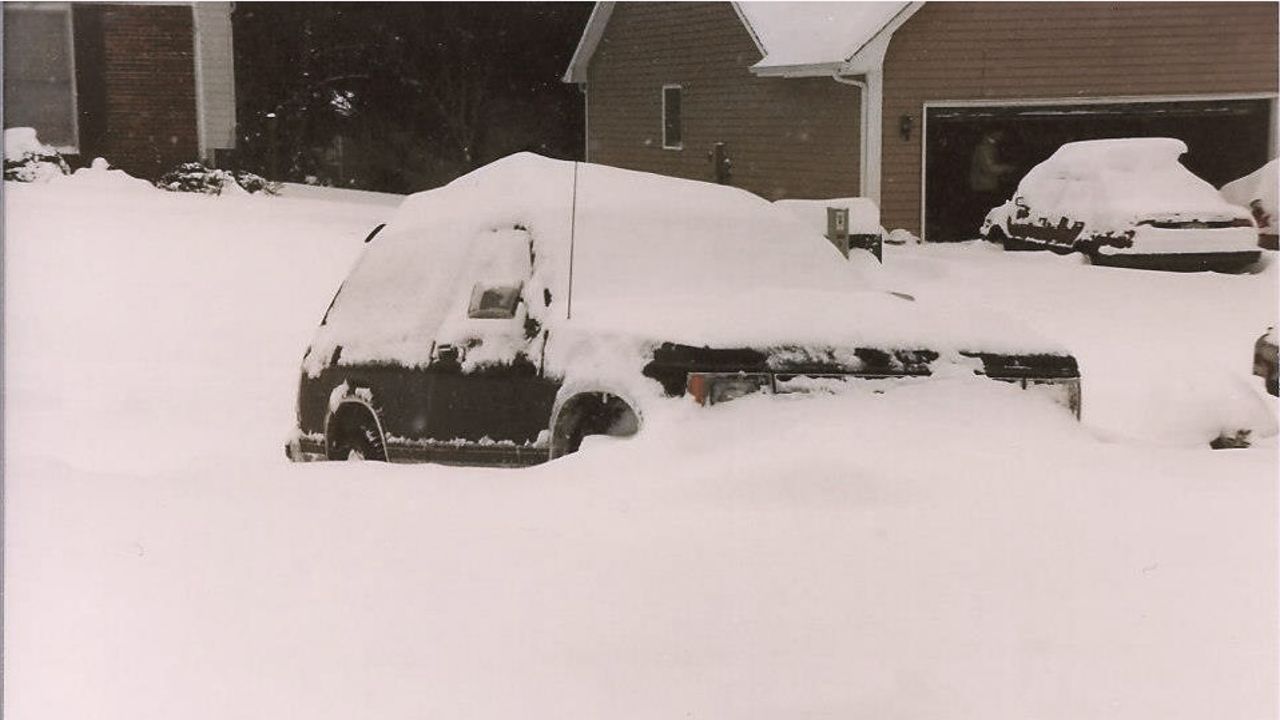This weekend will mark the 30th anniversary of one of the largest and most intense weather systems to impact the United States.
It was called “The Storm of the Century”, the “Superstorm” and “The Great Blizzard of ‘93.” Whatever you choose to call it, it was a big storm with lots of impacts, from severe weather to lots of snow.
The storm was so massive; it affected roughly 40% of the population across the United States. 26 states saw effects from the storm at some point.
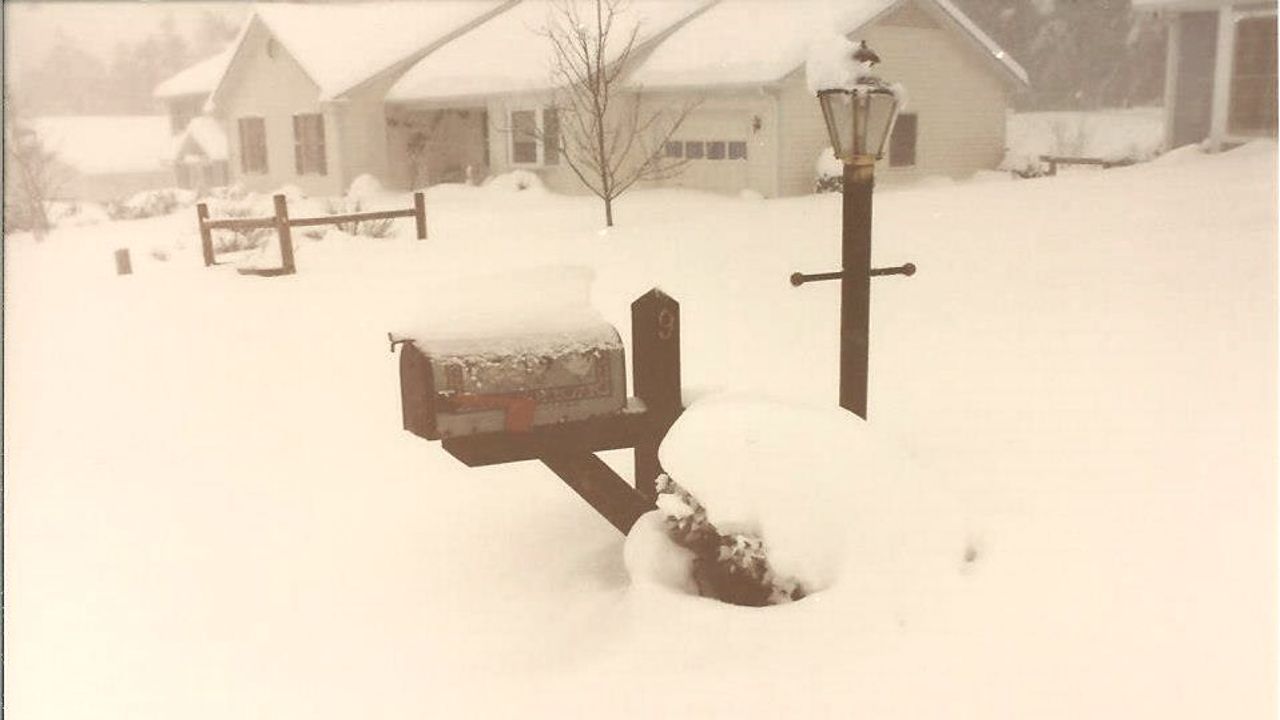
To the south, it was severe weather as multiple tornadoes hit Florida and multiple boats were lost in the Gulf of Mexico.
From the deep south, up into the northeastern U.S., it was snow and winds as blizzard conditions pounded locations up the east coast.
The storm struck between March 12-14, 1993.
A lot of locations that year had seen a bit of milder weather in early March, so the idea of a mid-month winter storm was not really on many people’s minds, and certainly not one of this magnitude.
About a week out, the European weather model had hinted at a significant winter system developing and tracking up the east coast of the United States. Of course, many models will show a significant storm for a few runs, and then it doesn’t show back up again, and then nothing happens.
But this system was different. The Euro model showed the system run after run for most of the week. This got the attention of the weather world.
As we closed in on the end of the week, the timing of the storm looked to be from Friday through Sunday.
North Carolina would feel those effects from Friday night through Saturday night.
On Friday, a light snow fell across the western parts of the state. It was so light that most of it melted on the mild ground. Many thought that this was the storm and that it would not be as extreme as the forecast stated.
)
Unfortunately, they were wrong.
That night, as the storm intensified in the Gulf of Mexico, high seas sank many boats. The U.S. Coast Guard reported that they rescued over 230 people from more than 100 boats during and after the storm.
In Florida, not only did parts of the state see tornadoes, but they also saw a storm surge on the Gulf Coast.
47 people in Florida were killed by the storm. More people died because of drowning than during Hurricane Hugo and Hurricane Andrew combined.
Snow developed from Friday afternoon into Friday night across the deep south. Snow fell across parts of Louisiana, Mississippi, Alabama, Georgia and South Carolina. By Friday evening, the snow was picking up in western North Carolina.
One of the most interesting things I remember was as the snow fell over the first 12 hours of the storm, there was no wind. The snow piled up, six to eight inches deep, on tree branches and other objects.
By early Saturday morning, there was a foot of snow on the ground and more was on the way.
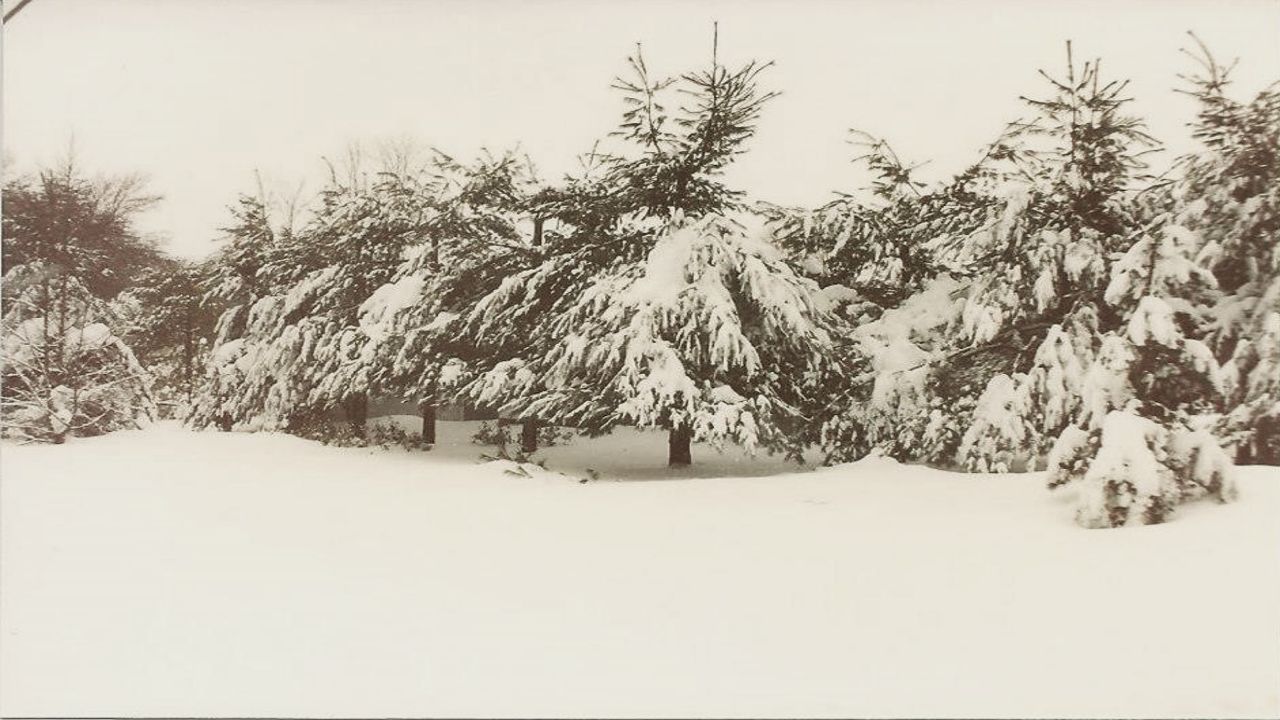
Travel was already seriously hit. On my drive to my former TV station, I passed many cars abandoned along the way. Trees were down, blocking roads, pulled down by just the weight of the snow.
With little traffic, the fresh snowfall made it difficult to see where the road actually was. When I first pulled out of my neighborhood, I drove off the road for that reason.
After that, I decided to just drive down the center of where I thought the road was just to be safe. There was no other traffic, so this made travel a little easier for me.
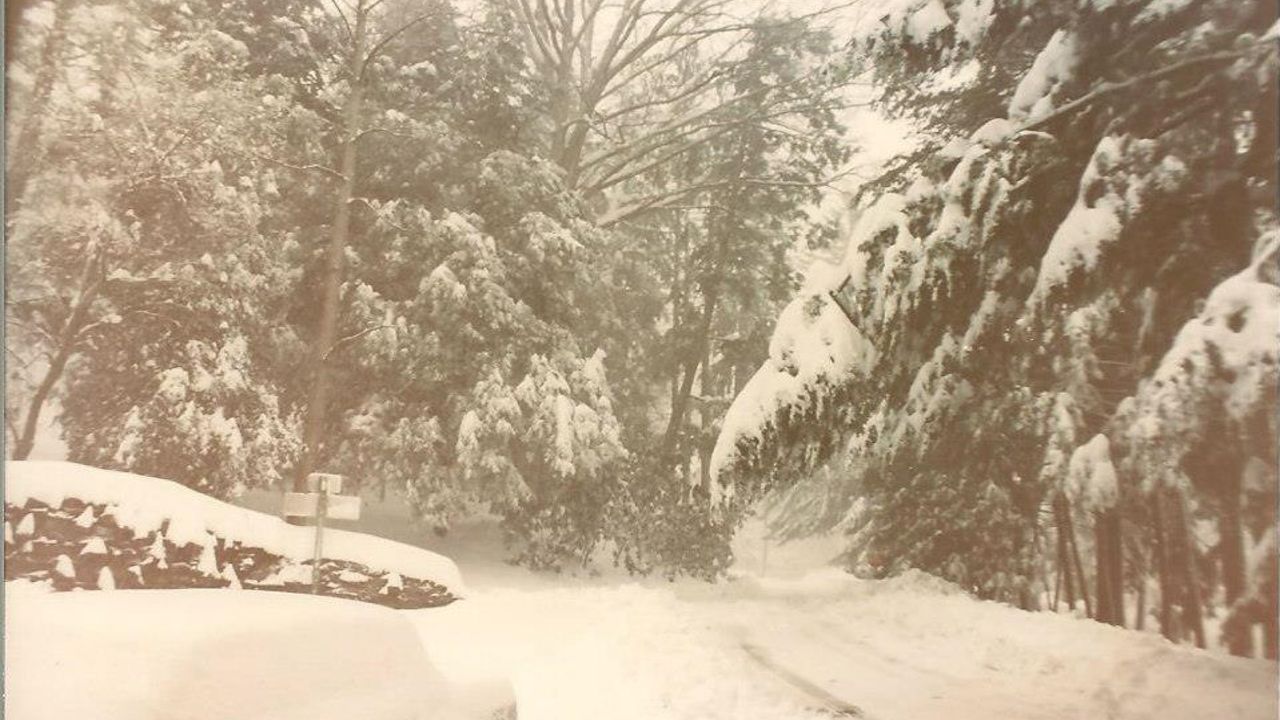
The surroundings were surreal. With all the snow and no power in many areas, some locations were unrecognizable.
It was like waking up on another planet.
)
By this time, the National Weather Service had issued a Blizzard Warning in the mountains, and the worst was yet to come.
As the morning wore on, the wind picked up as the storm moved closer and grew in strength.
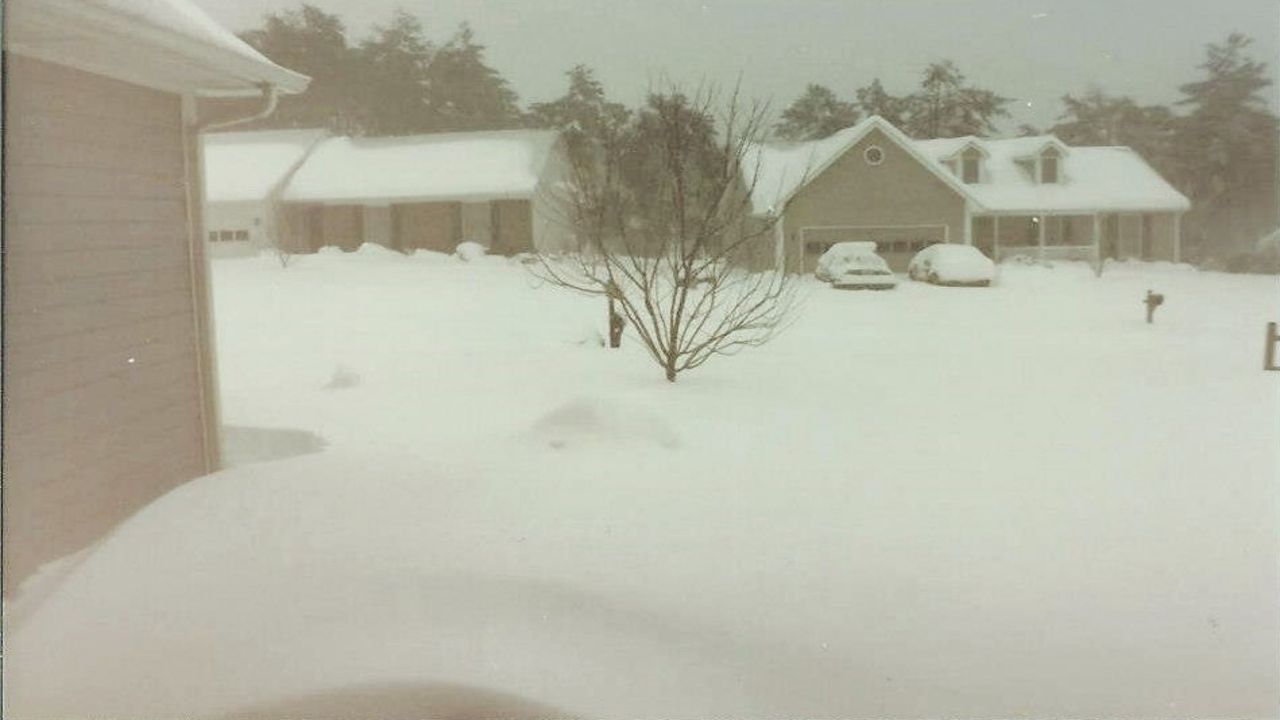
Blizzard conditions developed and travel conditions went from bad to worse. Walking became the best mode of transportation, though this was a terrible idea because of the deep snow and strong winds, which brought a significant wind chill to the region.
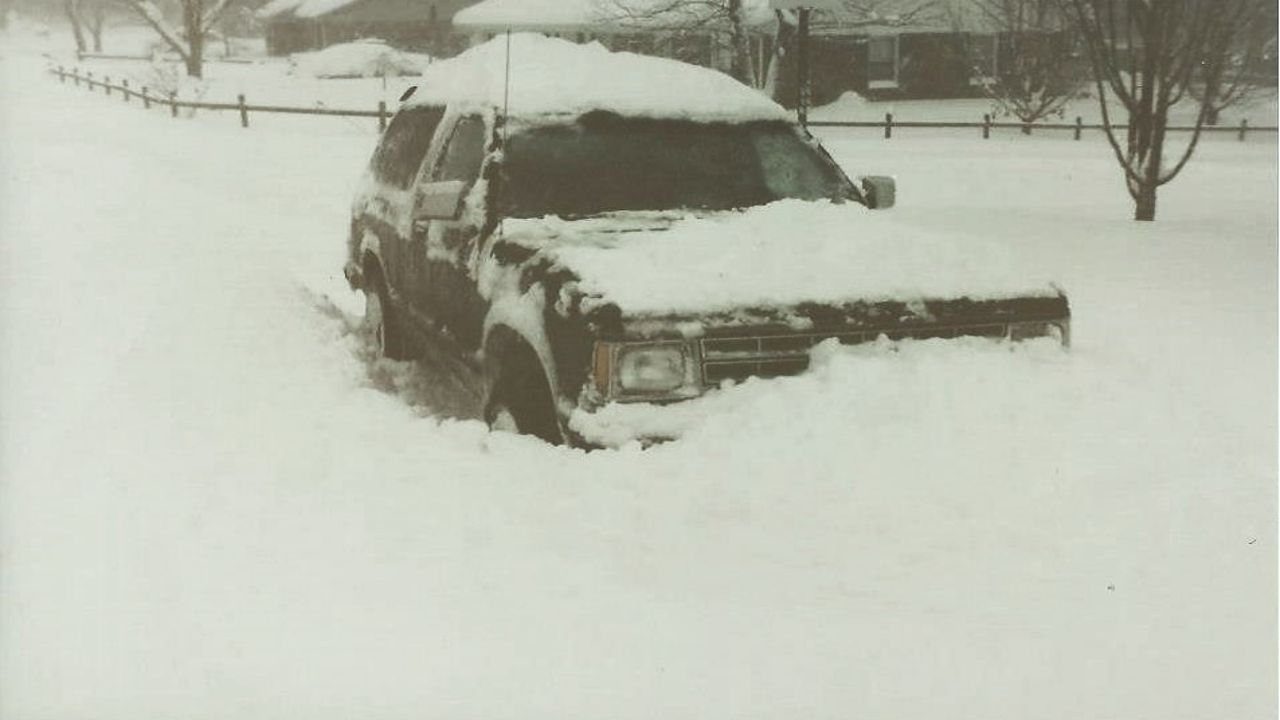
As the wind picked up, more trees came down. Power outages increased across the area. No power meant no heat for many, and for many, power would remain out for days.
)
By that Monday morning, two days after the storm, temperatures were in the single digits. With no power in my home since Saturday morning, the temperature was 34 degrees.
Many across the mountains were in that circumstance.
The amounts of snow dropped by the storm were record setting. Many locations in the mountains saw from one to four feet of snow. Mount Mitchell received 50 inches of snow.
Other snow totals across North Carolina were as follows; Asheville: 18.2 inches, Hickory: 10 inches, Greensboro: 5.7 inches, Charlotte: 1.6 inches, Raleigh-Durham: 0.9 inches, Cape Hatteras: Trace.
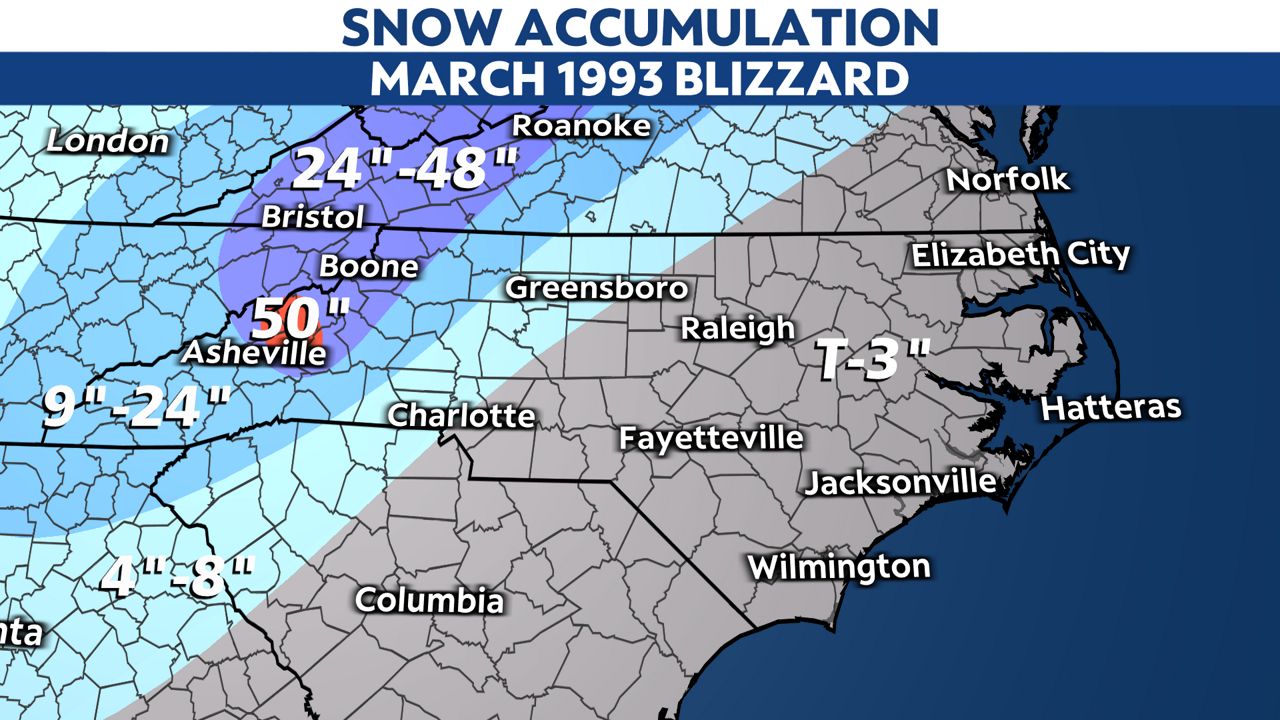
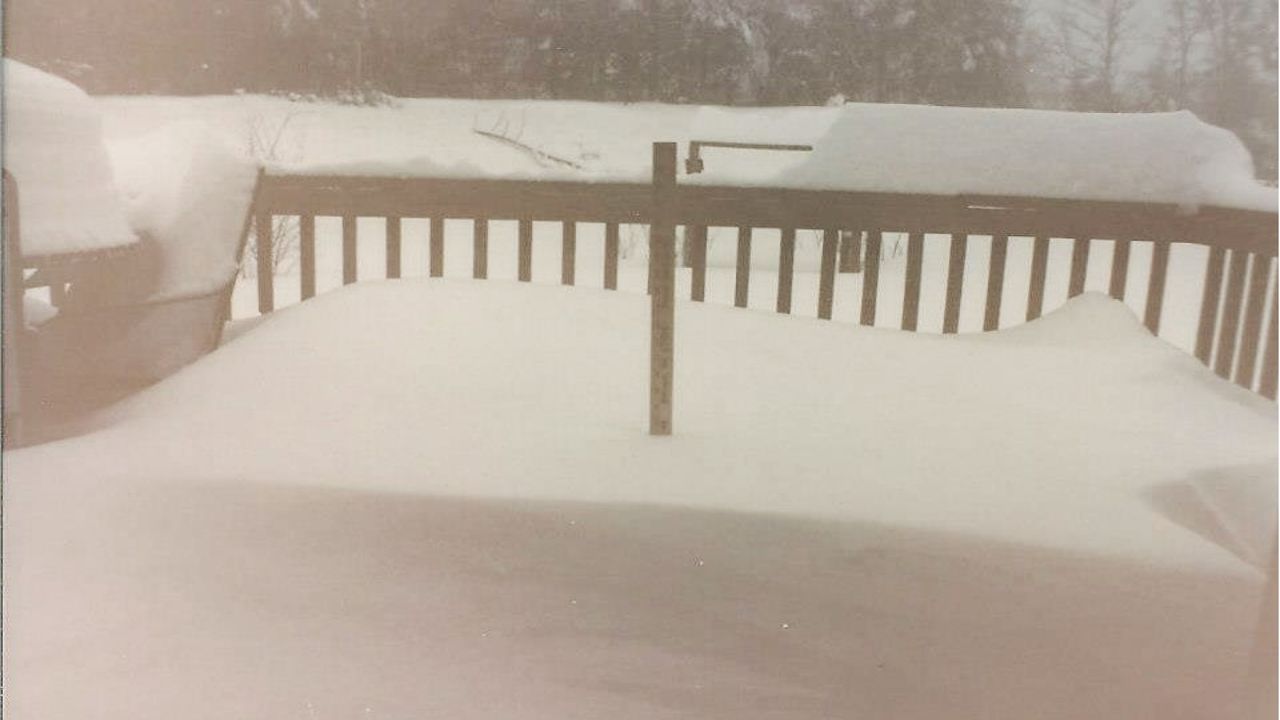
Whereas the higher elevations of North Carolina saw the bulk of the higher accumulations from the storm, snow fell outside of the mountains. Several inches of snow accumulated across the Triad and near the Charlotte area.
Farther east from those locations, the range was anywhere from three inches to a trace of snow reported. Even parts of the coast saw trace amounts of snow, meaning most of North Carolina had some accumulation from the storm.
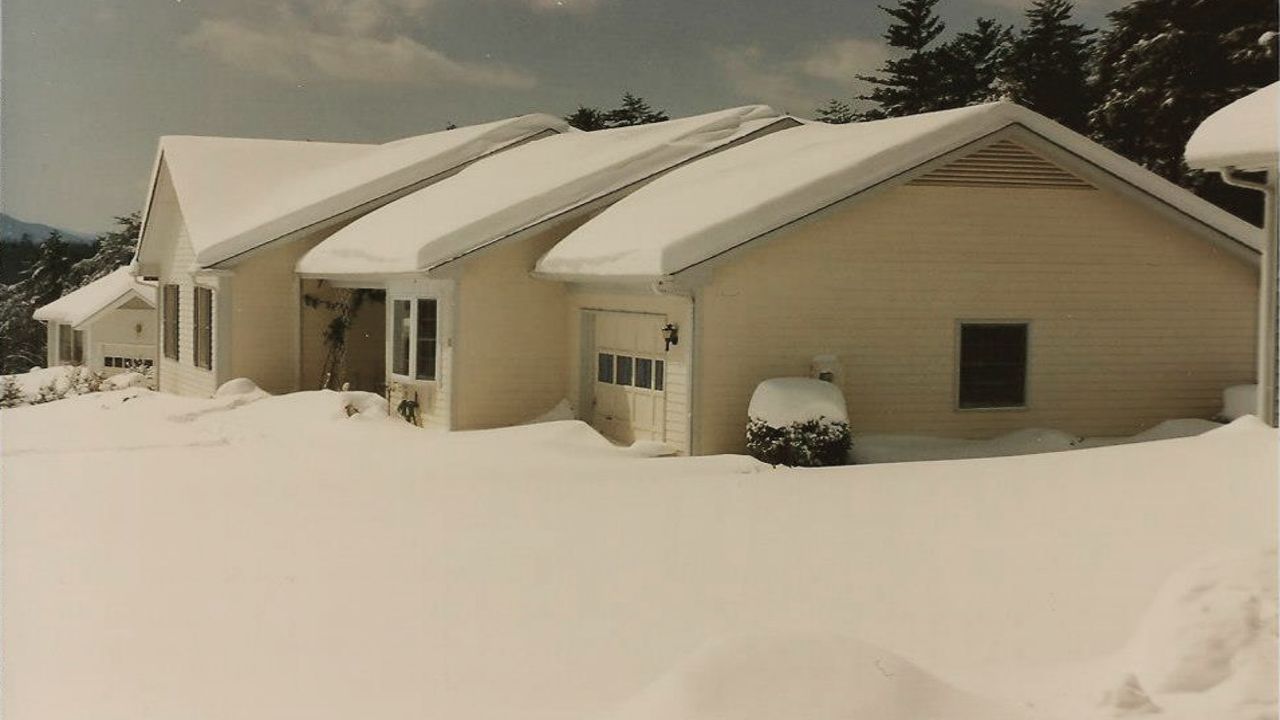
With the intensity of the storm, record low pressure readings were set across parts of North Carolina. Charlotte and Greensboro set all time record low pressure readings.
And as for wind gusts, Wilmington, New River and Holden Beach had reports of gusts near 70 mph. A gust of 64 mph was reported at the Asheville Airport, with a gust to over 100 mph observed at Flattop Mountain near Boone.
As mentioned, the storm brought impacts to 26 states. Snow fell from the Gulf Coast to Canada. Travel was affected for days after the storm.
)
Ten million homes along the storm’s path lost power. Many went without power for days.
The cost of the storm was high, both in damages and loss of life. There were over 300 deaths associated with the storm. The financial cost reached over $5.5 billion.
In North Carolina, there were 19 fatalities because of the storm, with damages estimated at over $50 million.
And even after the last snowflake had fallen, the threat from the storm lingered for days. Not only from travels dangers, downed trees and power lines, along with frigid temperatures, but from hidden dangers as well.
)
Not only during the storm but days later, heavy snow on the tops of houses and buildings, cause some structures to collapse.
One such building that collapsed was my wife’s Revco, north of Asheville. Heavy snow had packed up against the front of the building and over time, that support beam in the building's front gave way.
My wife made it out of the pharmacy, where the collapse occurred, just moments before debris landed where she had been working. Thankfully, she was not injured.


With all that happened during the ‘93 Blizzard, with snow, the wind, the cold, the literal brushes with death, the one thing I will remember most was how everyone pitched in and help each other, during and after the storm.
We had a neighbor with a gas stove that heated soup for me and my family. I carried prescriptions to one of our older neighbors.
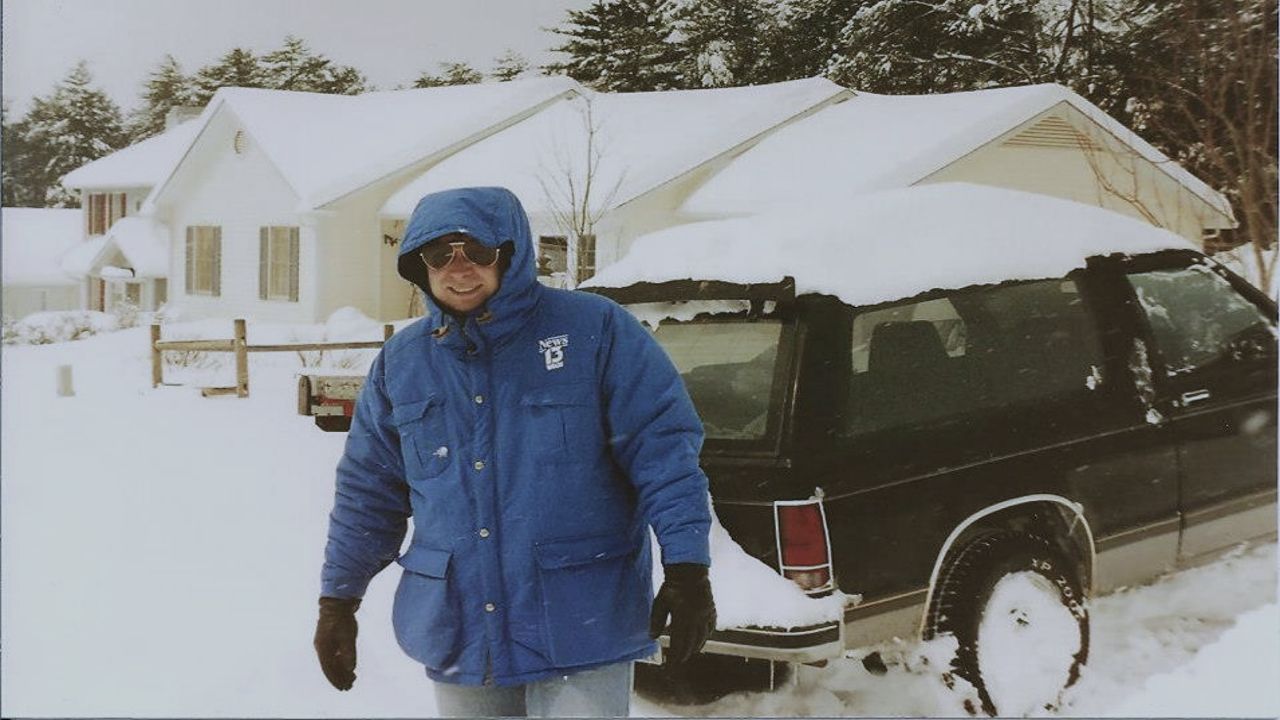
I drove others from our neighborhood to the only open grocery store in the area in my four-wheel-drive Blazer. And that was the theme for many who endured “The Storm of the Century.”
It was all about surviving together. Helping each other out and making it through the storm together.
Our team of meteorologists dives deep into the science of weather and breaks down timely weather data and information. To view more weather and climate stories, check out our weather blogs section.



